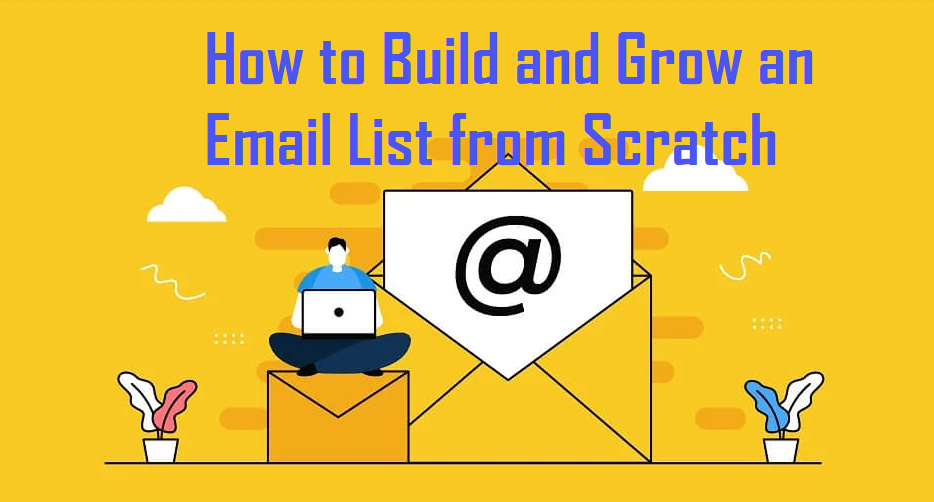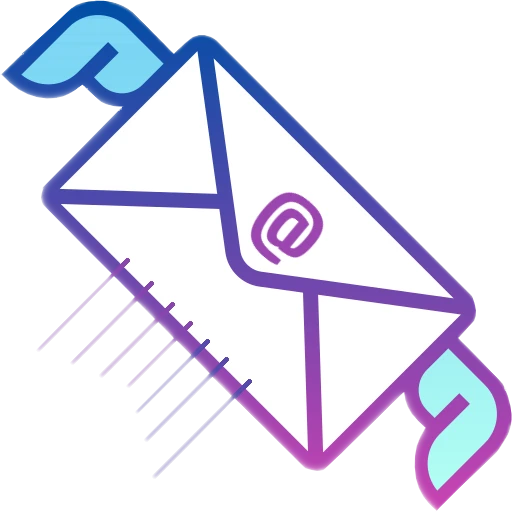
Tips for how to Build and Grow an Email List from Scratch
Building and growing an email list from scratch can be a challenging but rewarding process. Here are some steps you can take to build and grow your email list:
Determine Your Target Audience:
In email marketing, it is crucial to determine your target audience. This involves identifying and understanding the characteristics and behaviors of the individuals or groups you want to reach with your email campaigns. To determine your target audience, consider the following steps:
- Define your product or service: Clearly define what your business offers and how it benefits your potential customers. This will help you identify who your target audience is.
- Conduct market research: Use market research to gather information about your potential customers, such as demographics, interests, and buying habits. This information will help you understand who your target audience is and how to effectively reach them.
- Develop buyer personas: Create buyer personas that represent your ideal customers. This includes their demographics, behaviors, and pain points. This will help you tailor your email campaigns to resonate with your target audience.
- Segment your email list: Divide your email list into groups based on characteristics such as age, location, interests, and buying habits. This will help you create targeted email campaigns that are more likely to resonate with your audience.
Create valuable lead magnets:
In email marketing, it is crucial to determine your target audience. This involves identifying and understanding the characteristics and behaviors of the individuals or groups you want to reach with your email campaigns. To determine your target audience, consider the following steps:
- Offer something relevant and valuable: Your lead magnet should provide real value to your audience and be relevant to their interests and needs. Examples include ebooks, whitepapers, webinars, or templates that address a pain point or challenge your audience faces.
- Solve a specific problem: Your lead magnet should address a specific problem or challenge your audience faces. This will help increase its perceived value and encourage prospects to provide their email address to access it.
- Make it visually appealing: Design your lead magnet to be visually appealing and professional-looking. This will help make it more engaging and encourage prospects to consume the content.
- Keep it concise: Your lead magnet should be easy to consume and not require a significant time investment from your audience. Keep it concise and to the point to ensure maximum engagement.
- Promote it effectively: Promote your lead magnet through various channels, such as social media, your website, and email campaigns, to maximize its reach and attract new prospects to your email list.
Optimize your website for lead capture:
Optimizing your website for lead capture is an important aspect of email marketing. Here are some tips on how to optimize your website for lead capture:
- Use clear and prominent call-to-actions (CTAs): Use CTAs on your website that clearly communicate the value proposition of your offer and encourage visitors to take action. Make sure your CTAs are prominently placed and easy to find.
- Offer valuable incentives: Offer incentives that are valuable to your target audience in exchange for their email address. Examples include free trials, ebooks, webinars, or exclusive discounts.
- Use pop-ups and forms: Use pop-ups or forms to capture visitors' email addresses. Use timing and triggers to ensure that pop-ups and forms appear when visitors are most likely to engage with them.
- Optimize your landing pages: Create landing pages that are optimized for conversion and clearly communicate the value of your offer. Use clear and concise messaging, compelling images, and social proof to increase conversion rates.
- Use A/B testing: Test different elements of your website, such as CTAs, copy, and design, to identify what works best for your target audience. Use data to optimize your website for lead capture and increase conversion rates.
Host events or webinars:
Hosting events or webinars can be a valuable tactic in email marketing. Here are some tips on how to effectively host events or webinars:
- Define your objective: Determine the objective of your event or webinar, such as educating your audience or generating leads. This will help you tailor your messaging and promotion efforts.
- Choose a topic: Choose a topic that is relevant and valuable to your target audience. This will help attract the right audience and drive engagement.
- Promote effectively: Promote your event or webinar through various channels, such as email, social media, and paid advertising. Use compelling messaging and visuals to increase registration rates.
- Use engaging content: Use engaging content that is informative and interactive. Use polls, quizzes, or Q&A sessions to encourage participation and drive engagement.
- Follow up: Follow up with attendees after the event or webinar. Send a thank-you email and include a call-to-action that encourages attendees to take the next step, such as scheduling a consultation or making a purchase.
Send regular newsletters:
Sending regular newsletters can be an effective way to increase your email list and engage with your audience in email marketing.Here are some tips on how to use regular newsletters to achieve this:
- Offer a lead magnet: Include a lead magnet in your newsletter, such as an ebook or exclusive content, that encourages your audience to subscribe to your list.
- Use a clear call-to-action: Use a clear call-to-action in your newsletter that encourages your audience to share it with their friends or colleagues. Use social sharing buttons to make it easy for them to do so.
- Use targeted content: Use targeted content in your newsletters that appeals to your ideal subscriber. This can include information about your products or services, industry news, or helpful tips and advice.
- Use a sign-up form: Include a sign-up form in your newsletter that allows new subscribers to easily join your list.
- Promote your newsletter: Promote your newsletter on your website, social media channels, and other marketing channels. Encourage your audience to sign up and share with their networks.
Join Our Newsletter!
Get the latest email marketing insights & tools straight to your inbox with SalesData.in!
